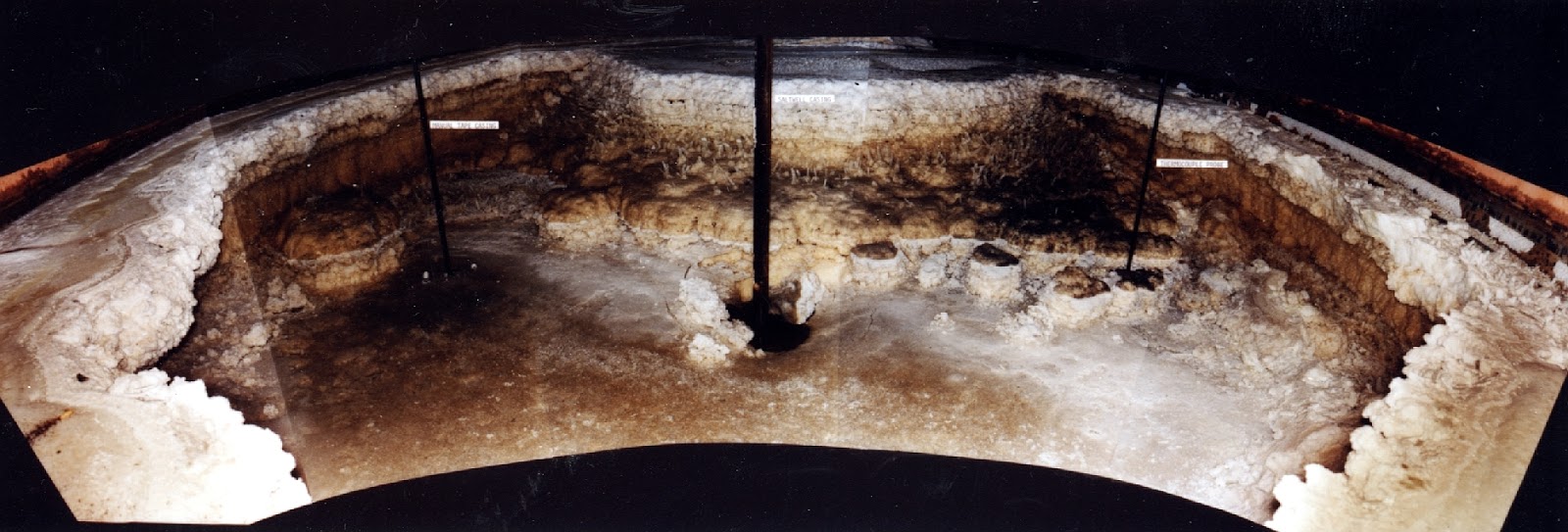To effectively regulate cleanup of the Hanford Site in Southeast Washington, we rely on the U.S. Department of Energy to provide us access to a broad range of critical information. Currently, Energy isn’t giving us access to all of the information we need, and much of what it does provide isn’t available in a timely fashion.
Missing milestones
Because of that, we’ve issued a Director’s Determination that gives Energy 30 days to meet our information requirements. We issued the determination after Energy failed to meet a March 31, 2018, deadline set out in a Tri-Party Agreement (TPA) milestone. It’s a deadline our agency extended four times, through March 31 of this year.
In addition to missing TPA milestone M-035-09K, Energy also is out of compliance with two other sections of the Tri-Party Agreement. Energy has told us it plans to appeal the Director’s Determination.
We are allowed to fine Energy $15,000 for the first week of the missed deadline, and $30,000 for each week after, but have not yet issued any fines.
Information is key
Our agency’s mission is to protect, preserve, and enhance the environment for current and future generations. At the Hanford Site, we do this by permitting the treatment, storage, and disposal of hazardous waste; making cleanup and corrective action decisions; and doing regular inspections to ensure the proper cleanup and management of hazardous waste. When Nuclear Waste Program inspectors are on site at Hanford, they need access to critical information in real time in order to provide effective, efficient regulatory guidance.
Without that information, our permit writers, inspectors, scientists, and management can’t make sound, comprehensive, and timely regulatory decisions. In addition, we’re unable to verify and validate Energy’s and its contractors’ cleanup activities to ensure compliance with applicable laws.
For those reasons, access to Hanford site information and data is vital, and Energy’s compliance to data access requirements is essential for proper cleanup, management and regulatory oversight of Hanford’s waste.
It’s information many Energy employees and contractor employees already regularly see electronically on demand.
A look at the toxic, radioactive waste inside one of Hanford's 177 deteriorating underground storage tanks.
Attempts to resolve
On a number of occasions during the last year, in addition to extending the deadline four times, our staff reached conceptual agreement on mutually agreeable solutions. However, each time, Energy management has refused to sign off on the tentative agreements, choosing to instead pursue the dispute process.
Our Director’s Determination resolves the dispute with a reasonable schedule that would bring Energy into compliance with data access requirements. If this schedule was carried out, we’d be assured proper access to the information we need, and we’d be better able to make timely regulatory decisions without resorting to litigation.
We hope to see a resolution to the dispute soon, so we can continue to effectively regulate the cleanup of the 586-square mile Hanford Site, including the 56 million gallons of highly radioactive and chemically hazardous waste in 177 aging underground storage tanks.



